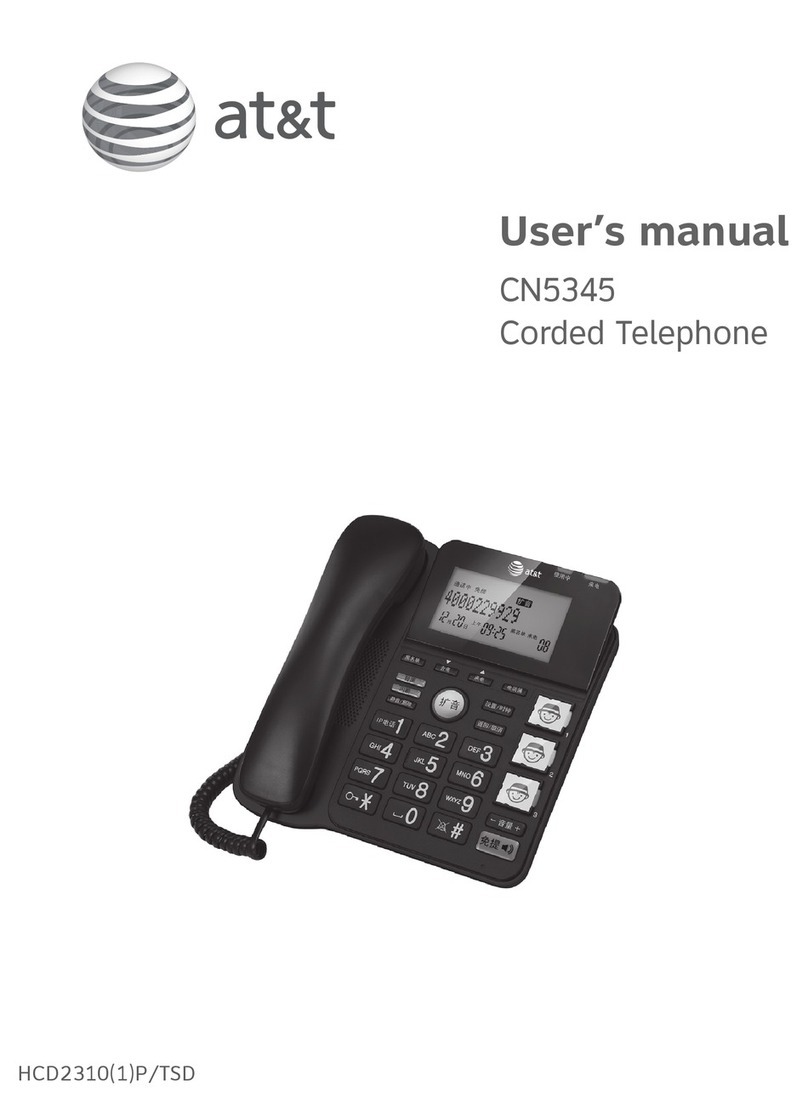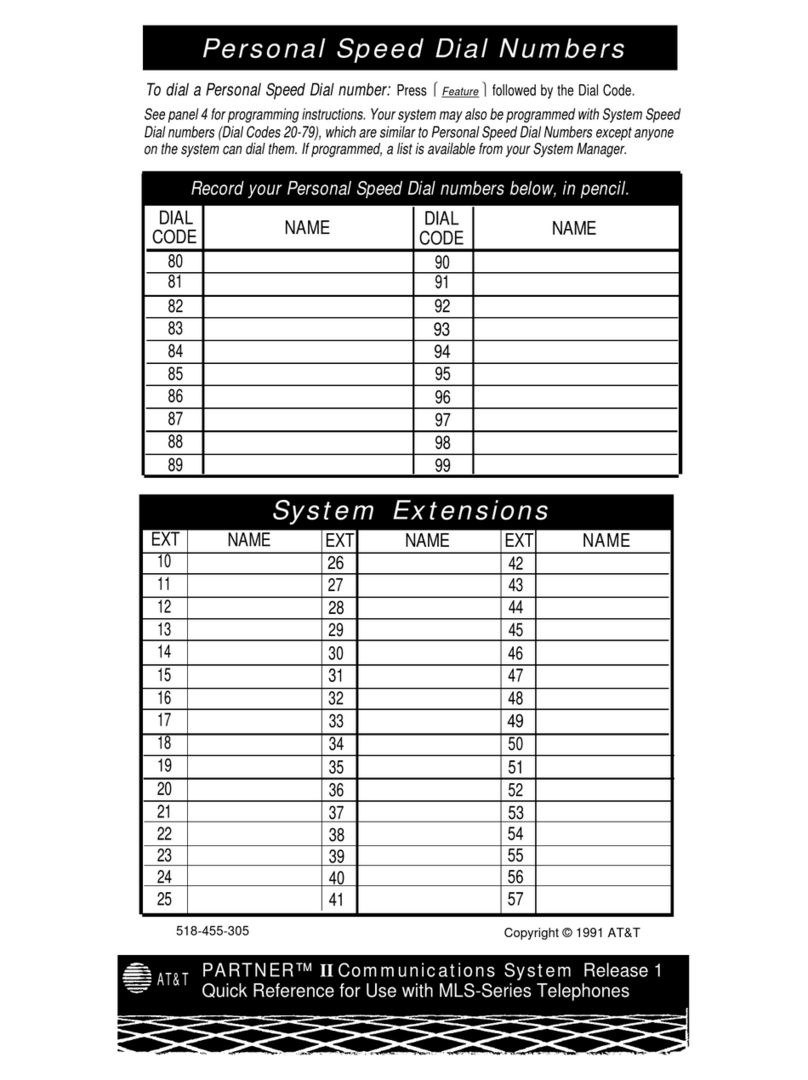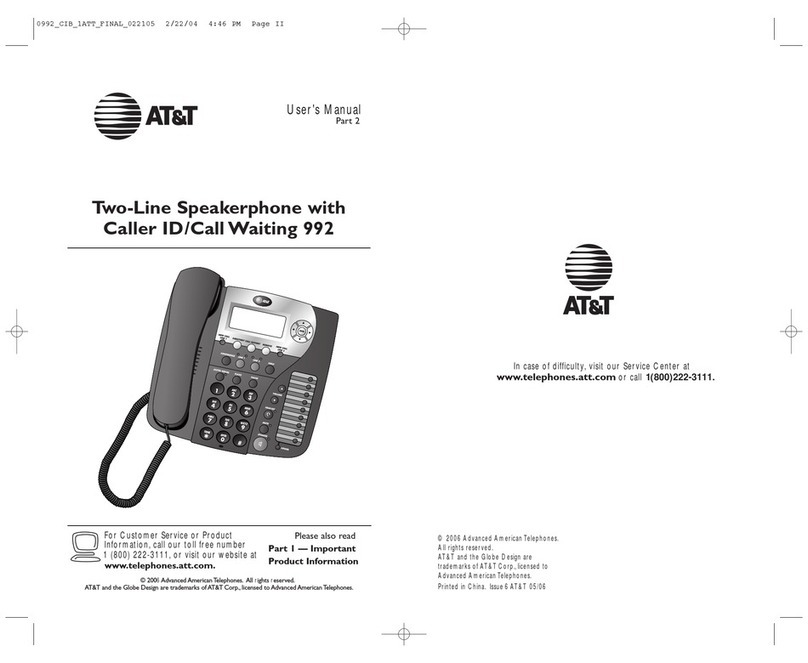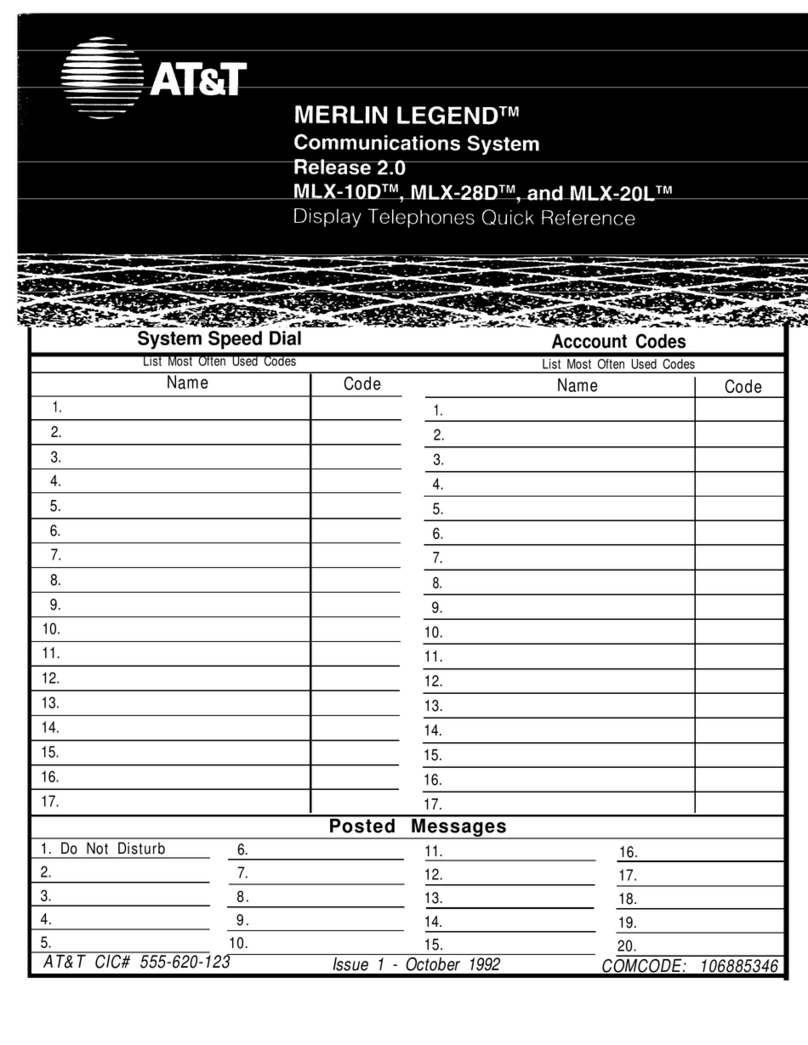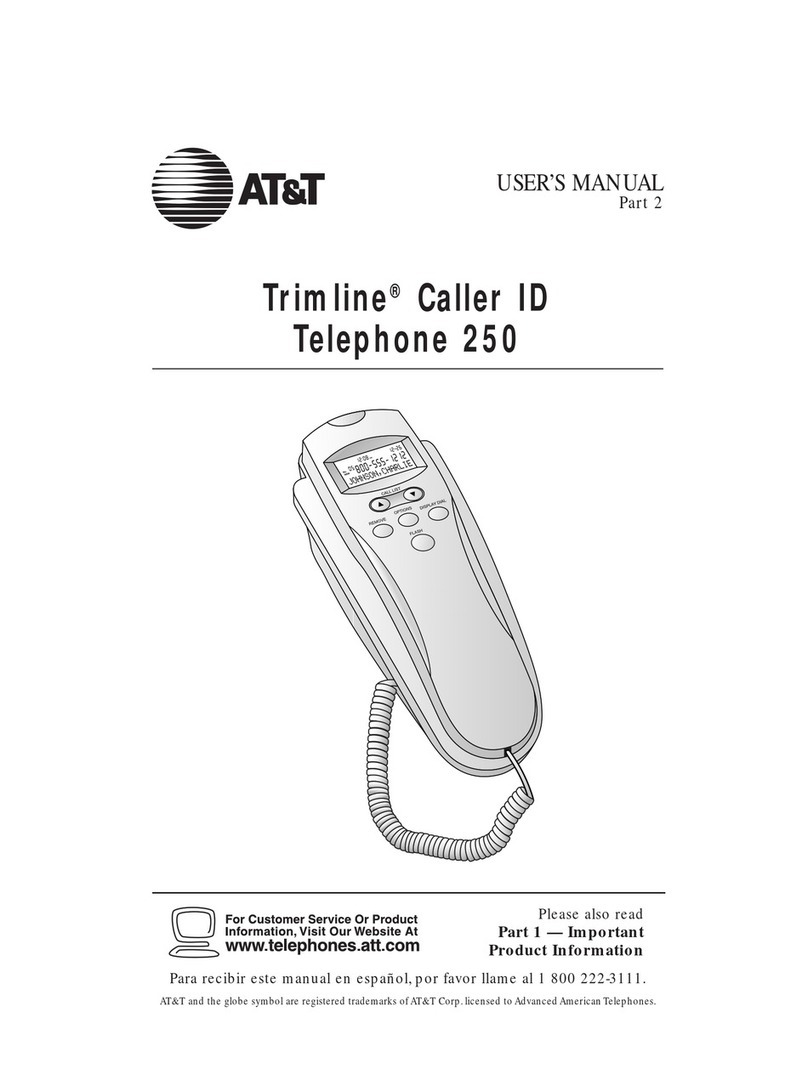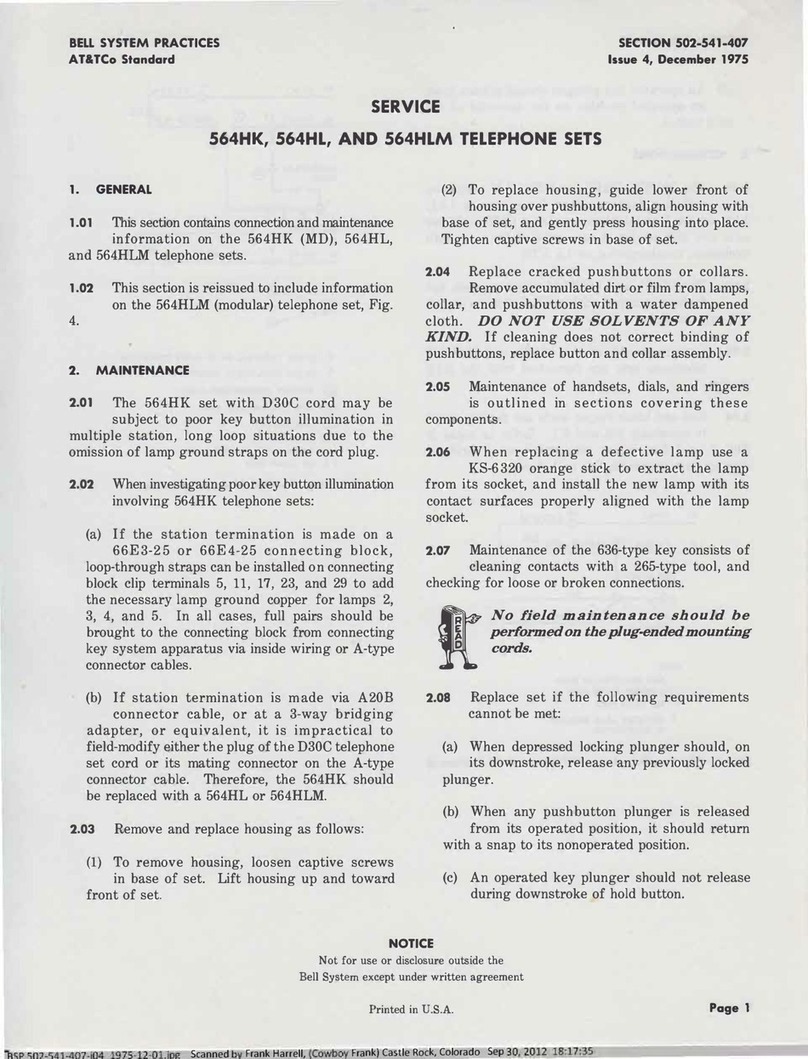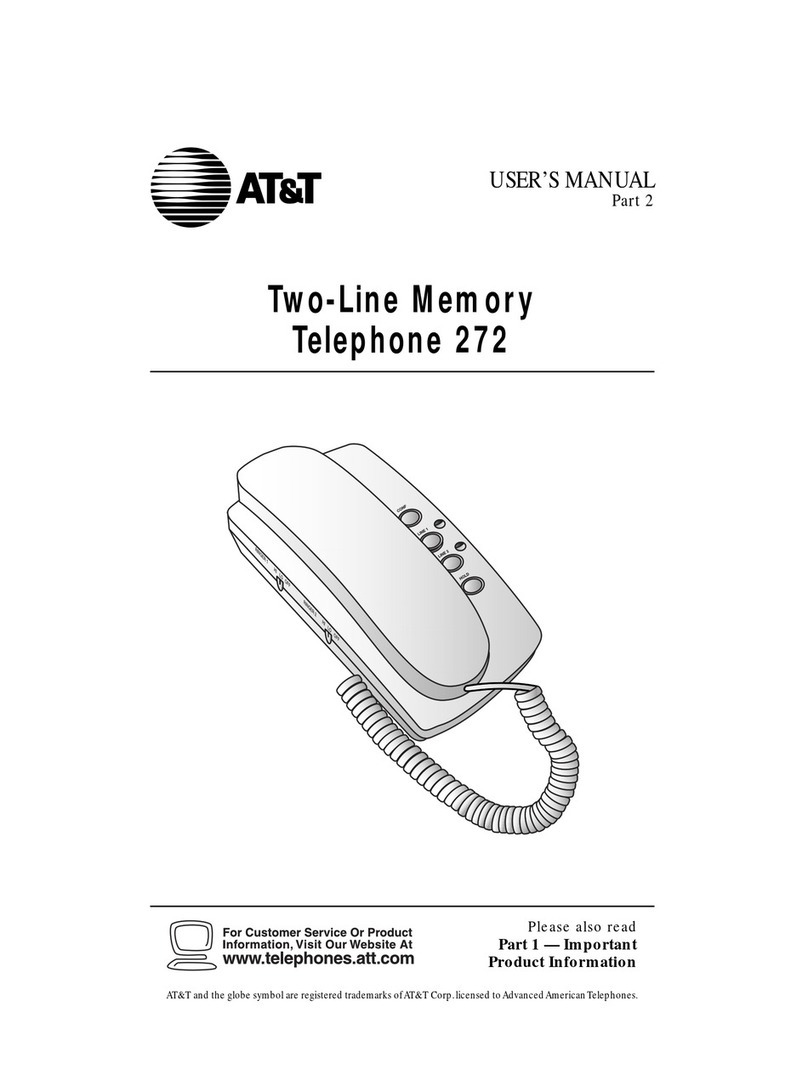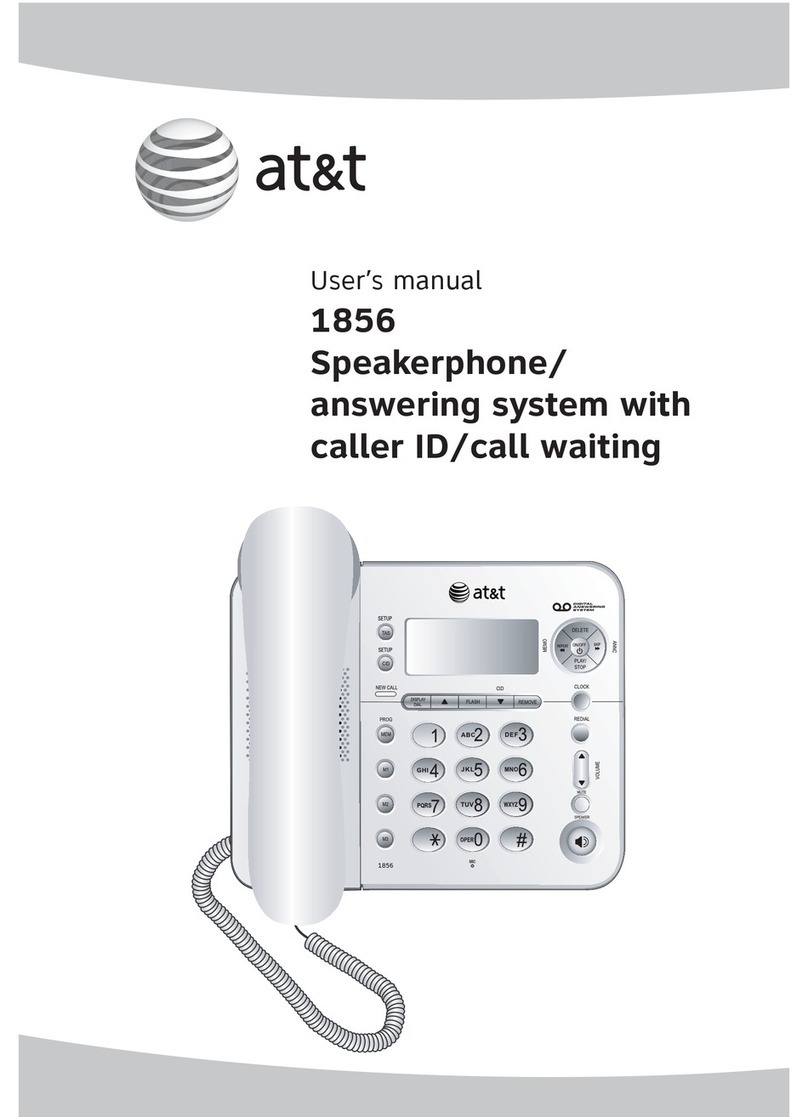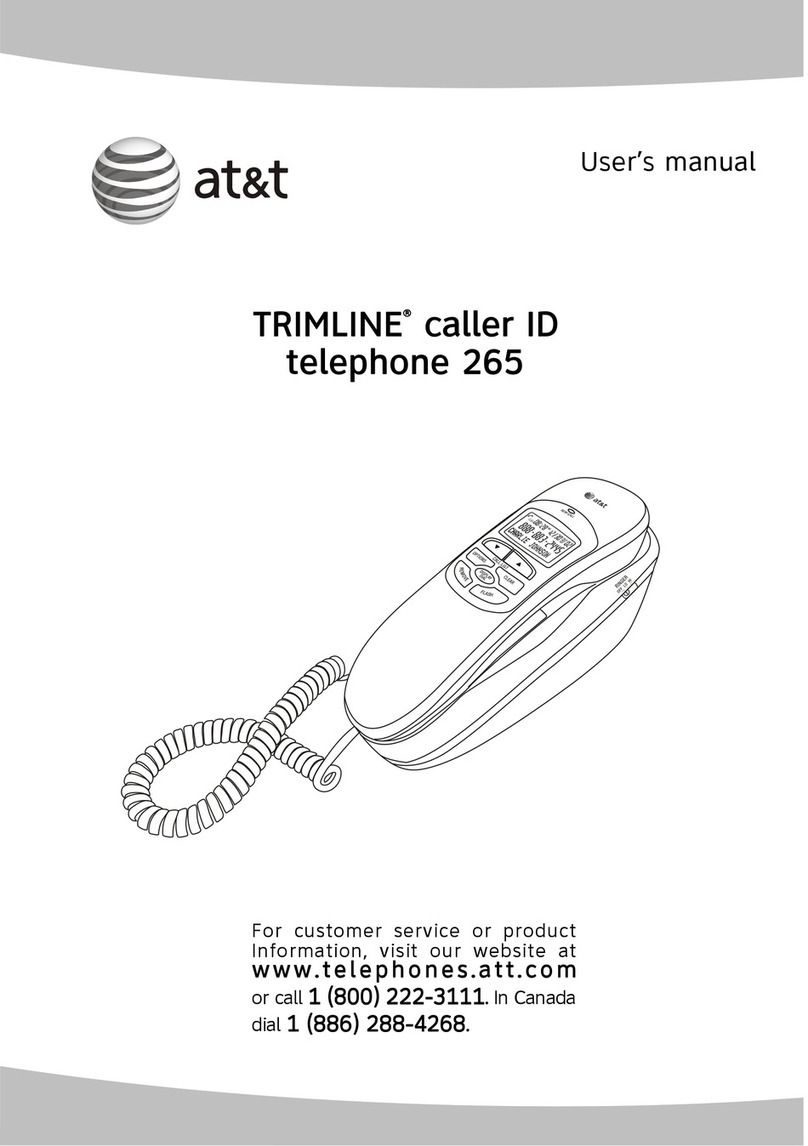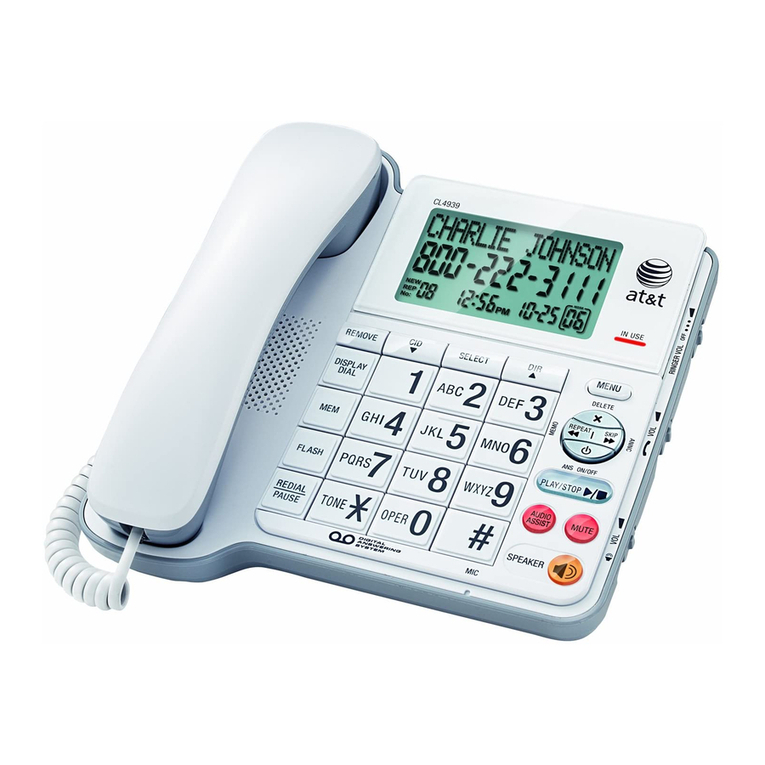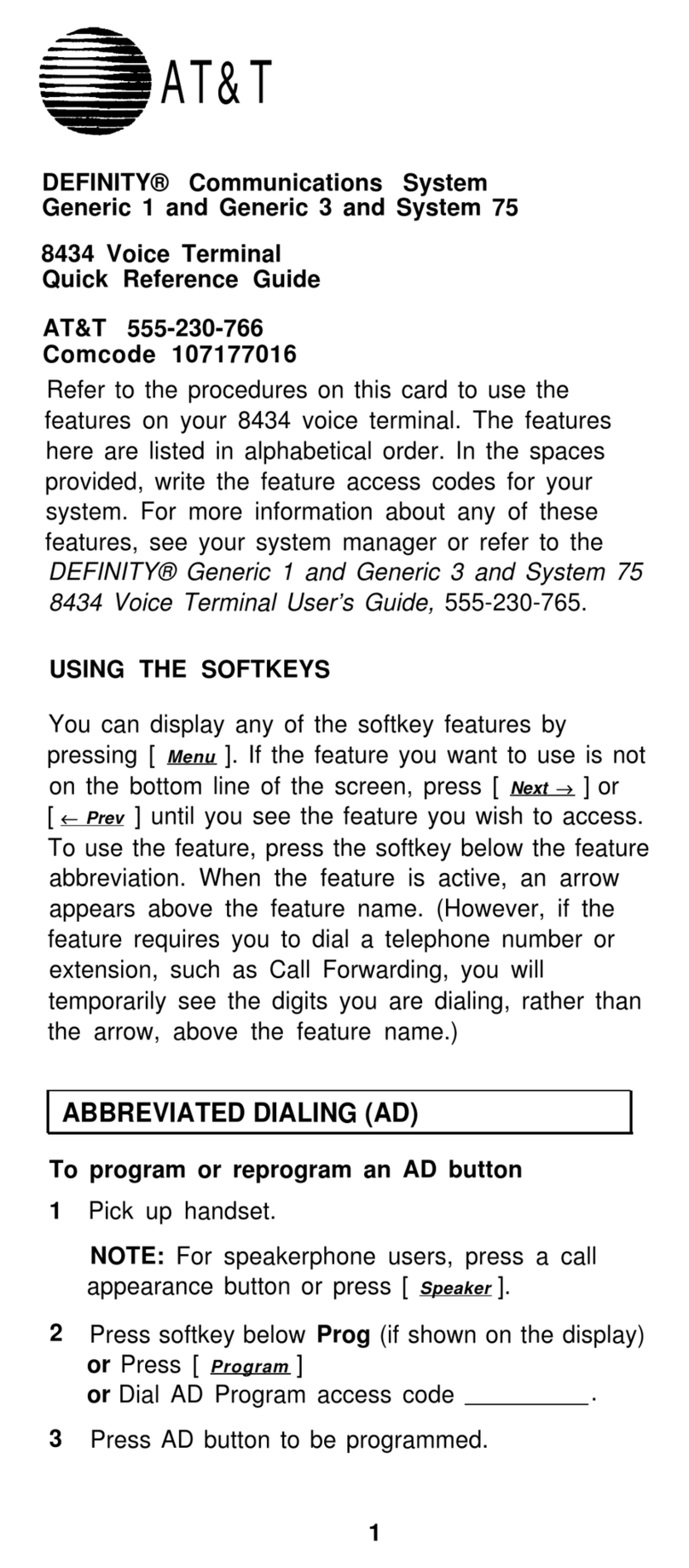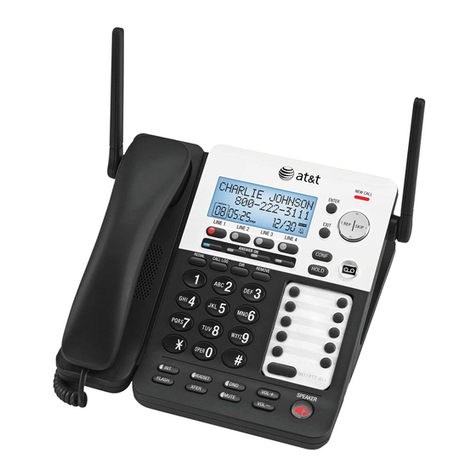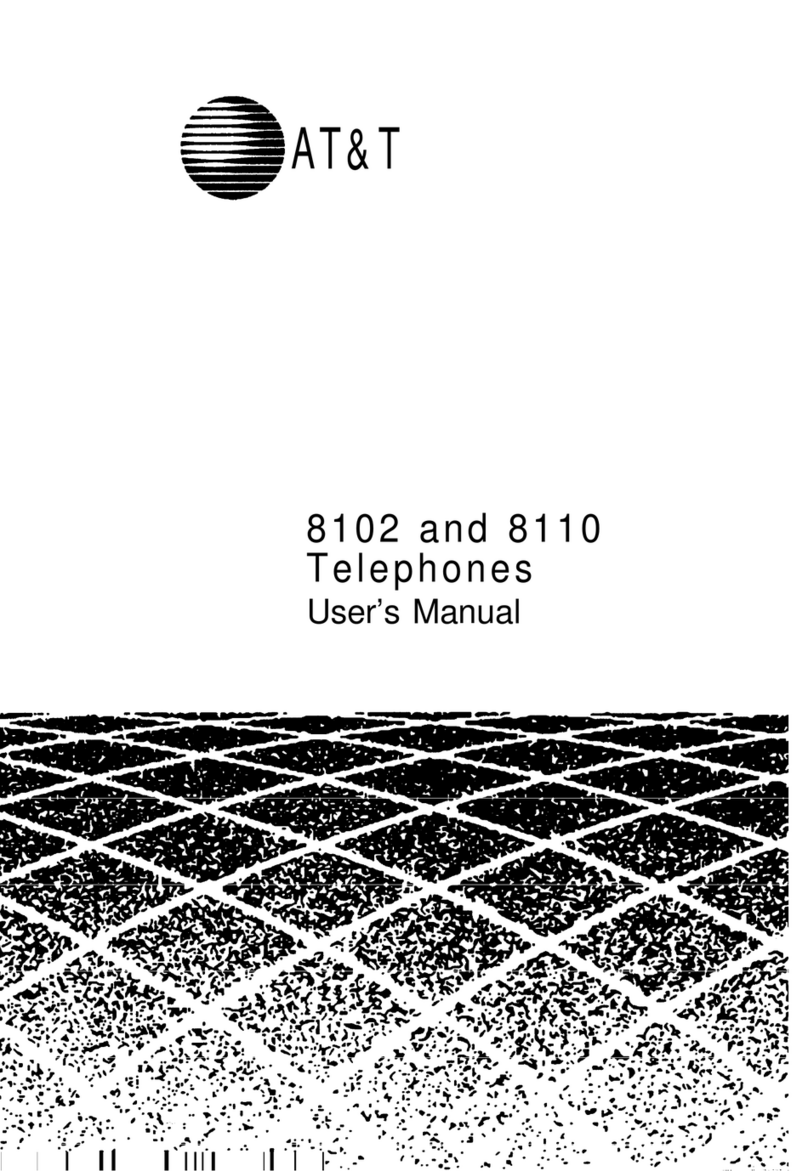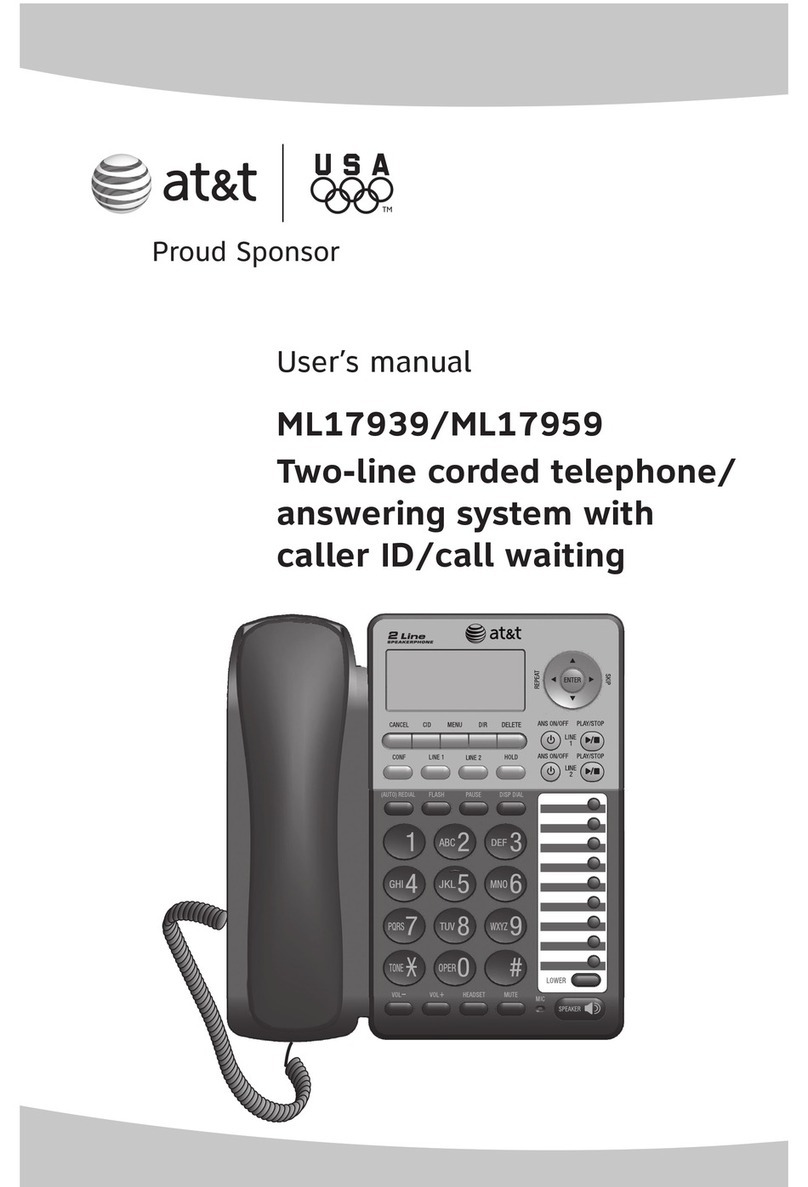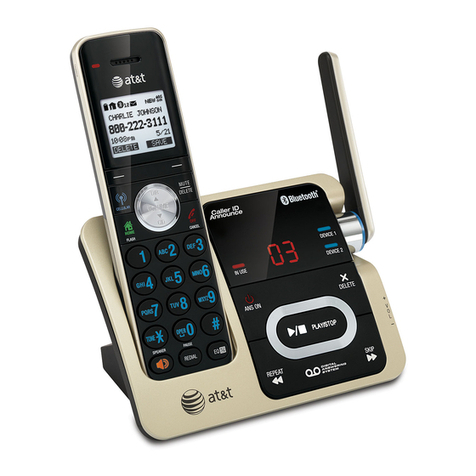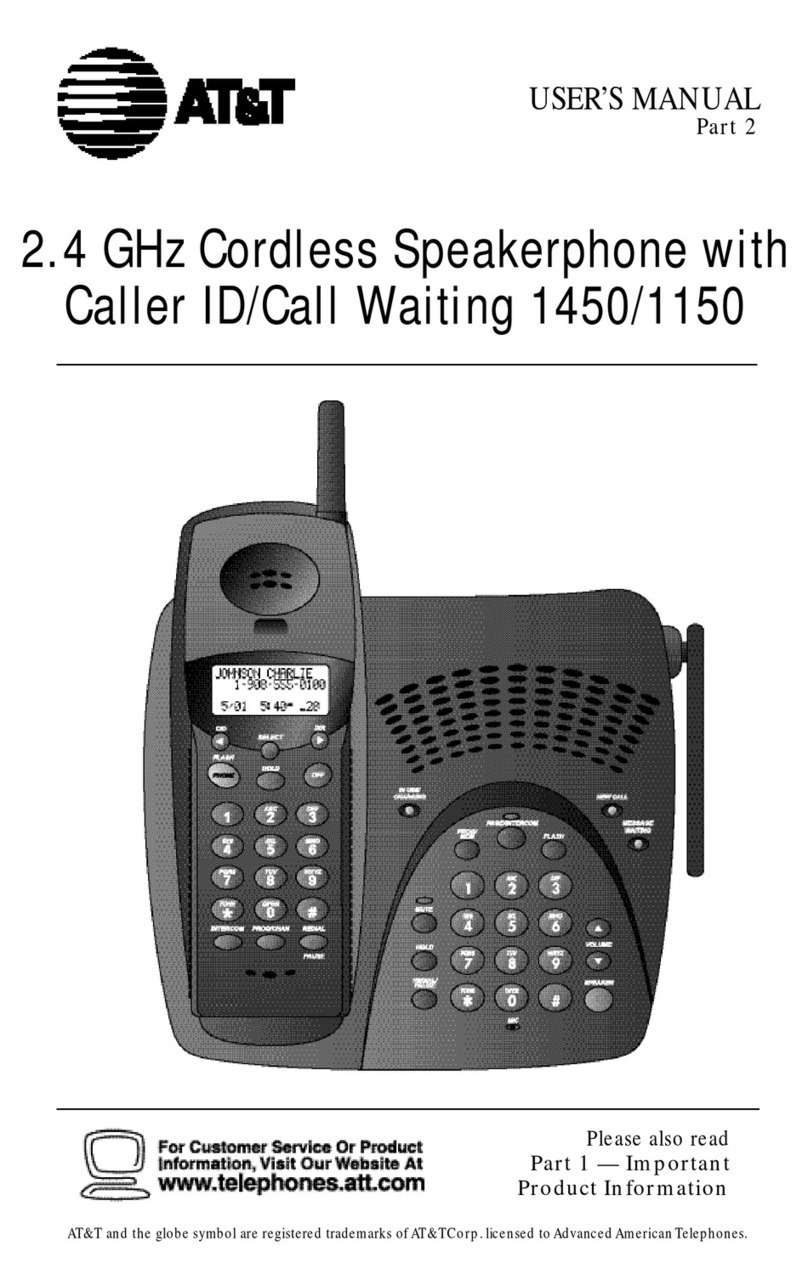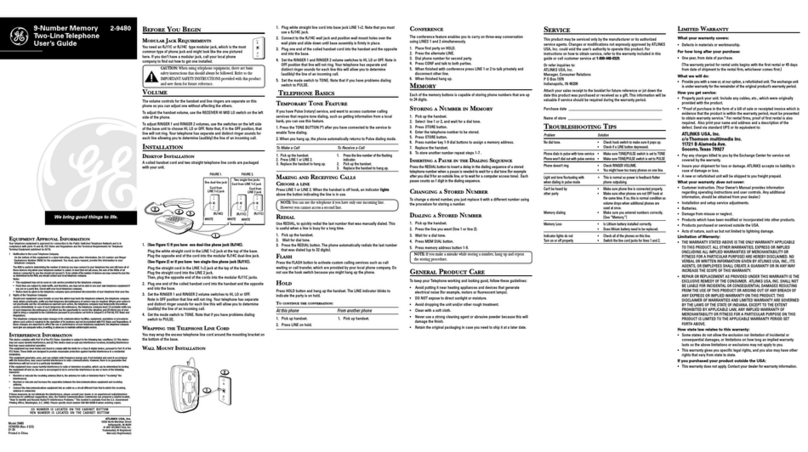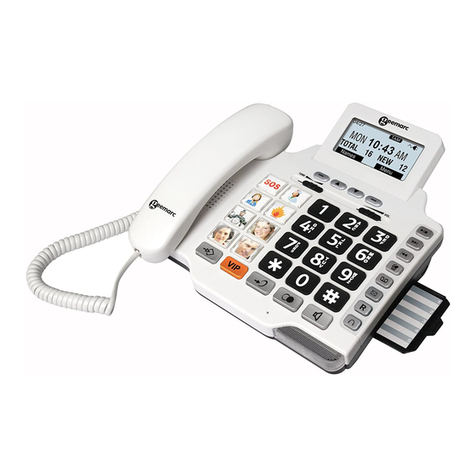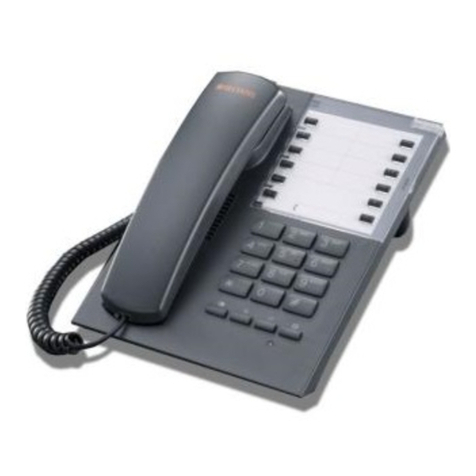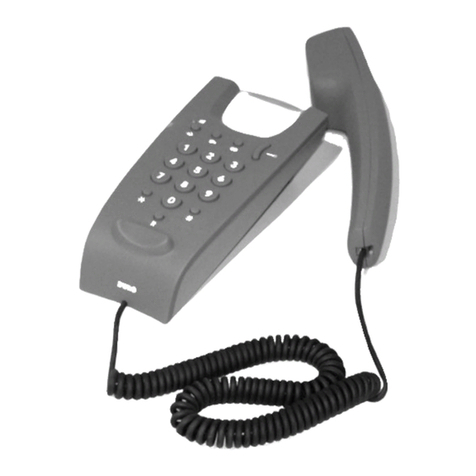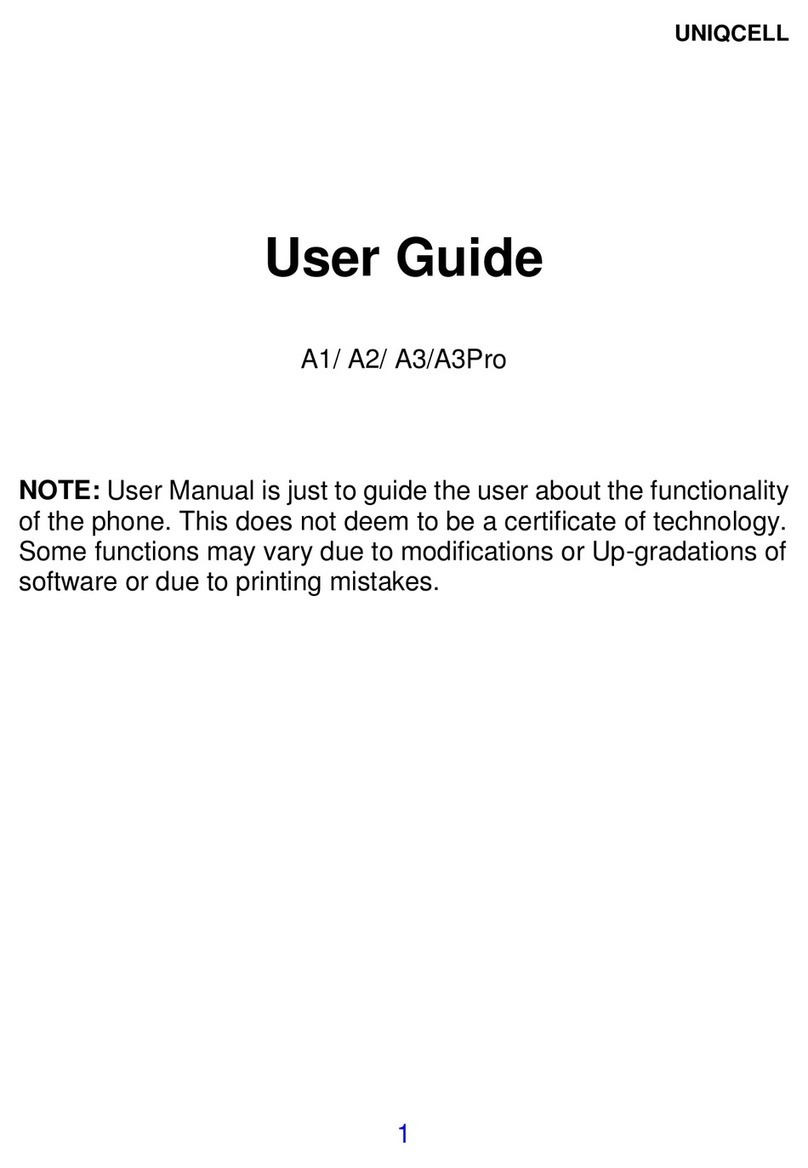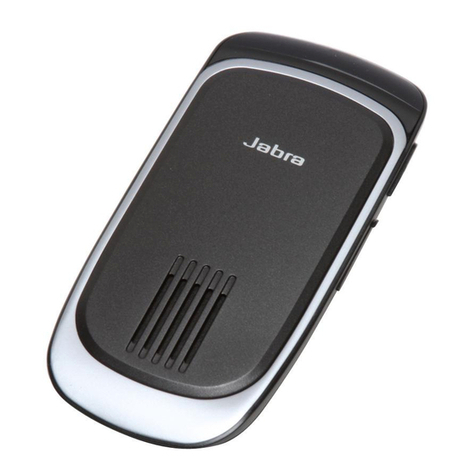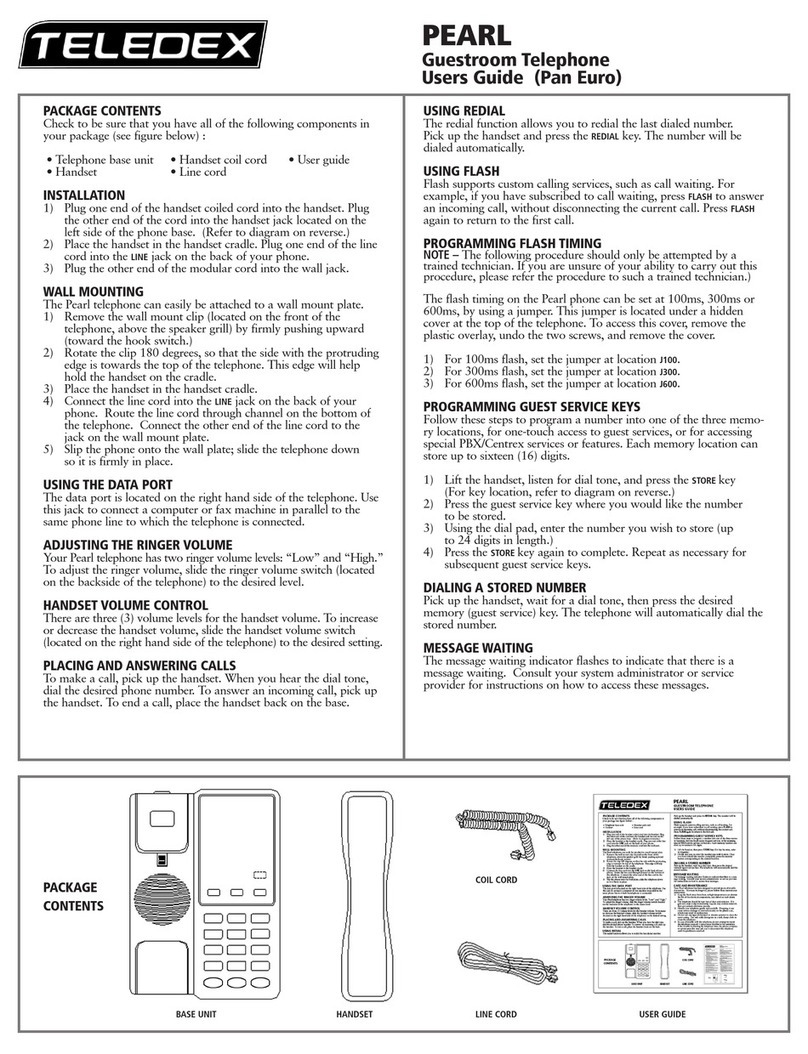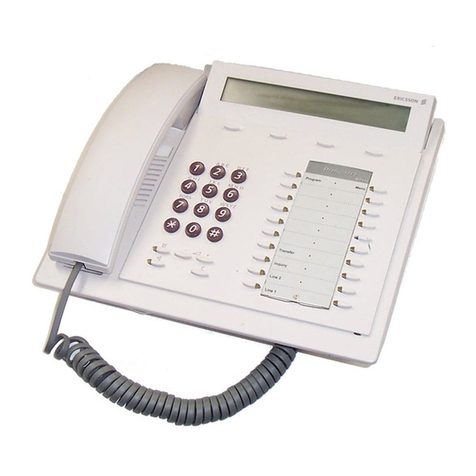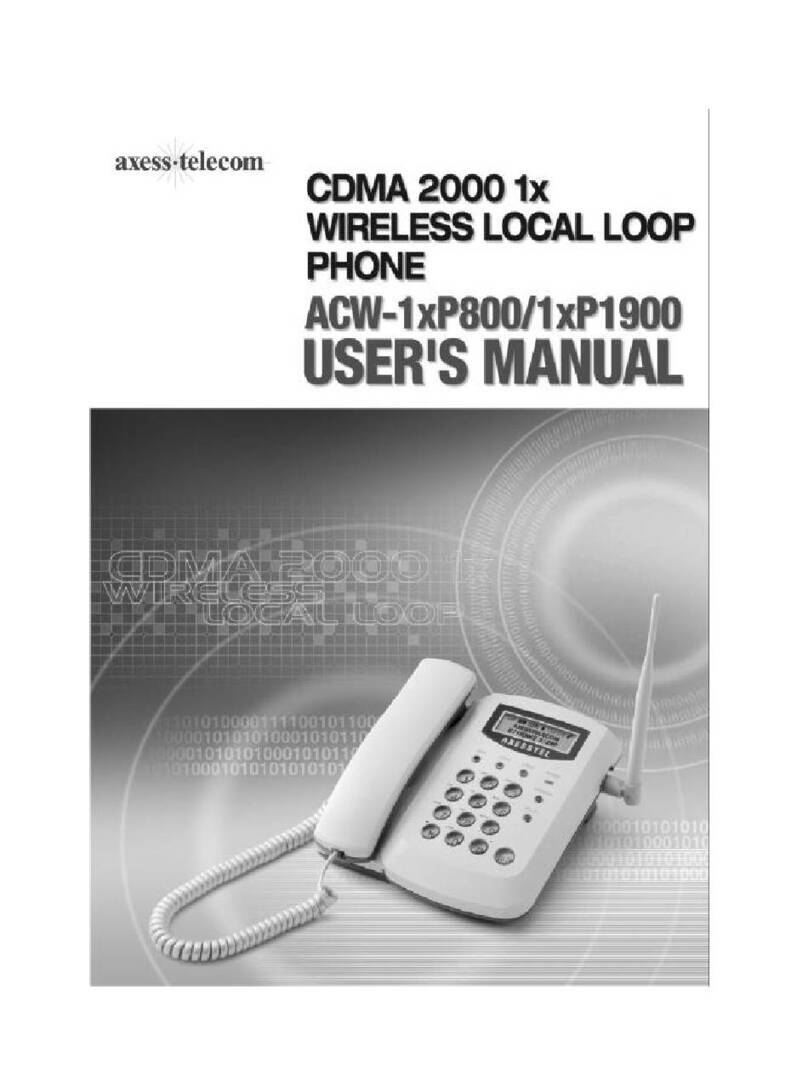
TCI Library www.telephonecollectors.info
AT&T Private Pay Phone Plus
SECTION II PRE-INSTALLATION CHECKLIST
A Getting Ready
February, 1988
To get ready to install your AT&T Private Pay Phone Plus complete the following:
Site Selection
If you have not already done so, select the site for your AT&T Private Pay Phone Plus.
Consider the following when selecting a mounting site:
• Check your state P.U.C.(Public Utility Commission) regulations to make sure that a phone
can be installed at the selected site
• Be sure the site has good visibility and accessibility
• Watch for potential safety hazards, such as stairs or doors, at the site
• Be sure the phone will not normally be subjected to driving rain, salt spray, or splashed
salt water from snow melt-off
• Be sure a strong vertical surface is available for mounting, or choose a mounting
enclosure (see below)
• Be sure telephone service, electrical service, and a secure ground connection are
available at the chosen site
• Locate the phone and associated wiring away from neon fixtures, video games, or other
equipment that may cause interference
If you would like assistance in choosing a site for your pay phone, or if you would like AT&T
to install your pay phones, contact the dealer who sold you your phones. Service warranties
are also available from AT&T.
Phone Service Application
If you have not already done so, apply to your local telephone company for phone service.
Be sure to subscribe to direct long distance service as well as local service. If available,
the selected line should have a feature that prohibits operator-assisted calls from being
charged to the line. This includes incoming collect calls (reversed charges) and third party
calls. For more specific telephone service considerations, see page 18.
NOTE If you are considering installation of your pay phone(s) behind a PBX, you must see
Appendix B before installing.
Power Service Secured
Your AT&T Private Pay Phone Plus requires a 110-volt outlet within about 30 feet of the
selected site if you use the 22-gauge power cable supplied with your phone (see "Electrical
Service" in Section Ill for specific wire sizes and allowed distances from the phone). The
outlet must be protected from unauthorized access.
Programming Decisions
The rates your AT&T Private Pay Plus will charge your customers are programmed into the
phone remotely. All programming decisions should be made before installation, although
these decisions can be changed later.
Owner Manual Page 7
